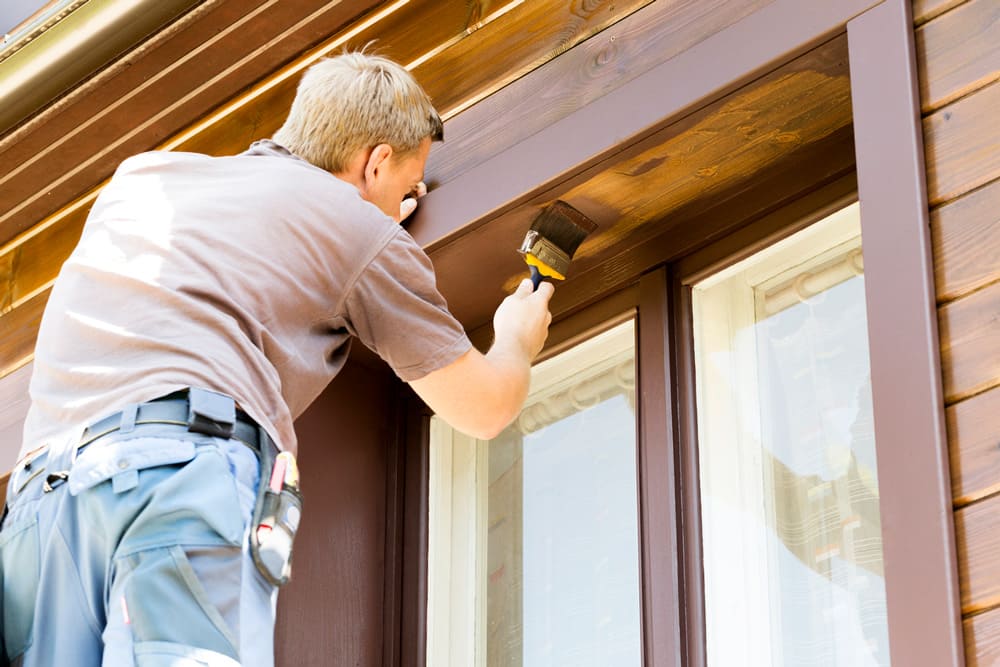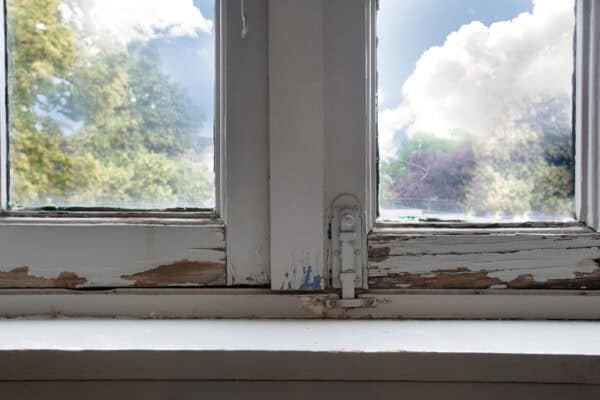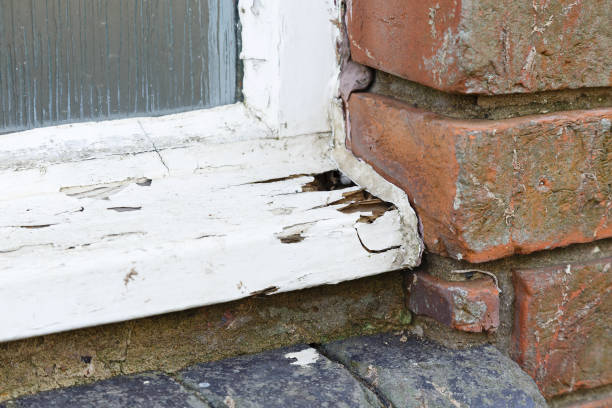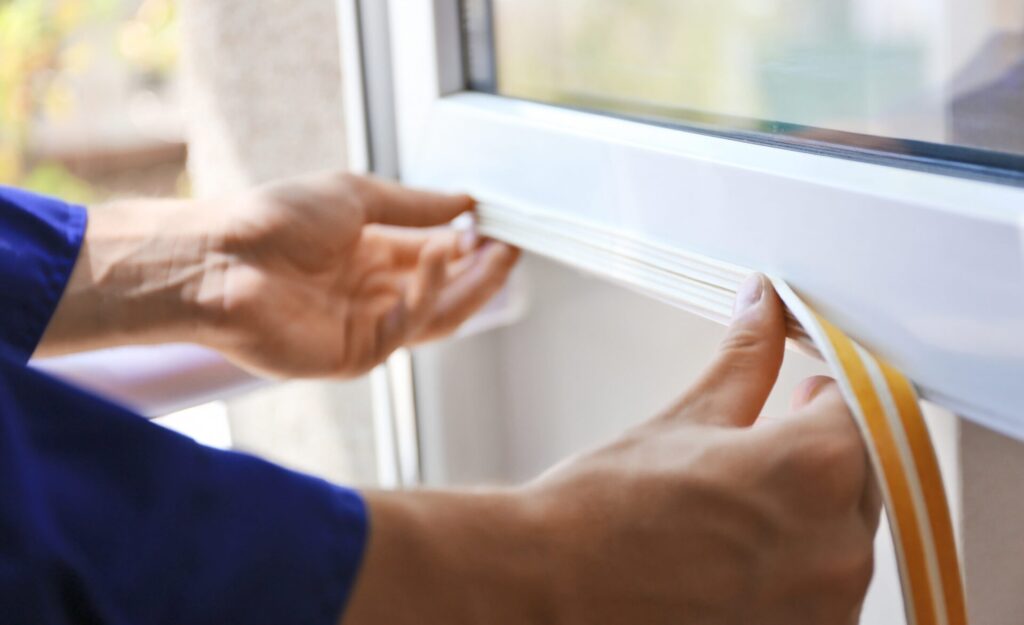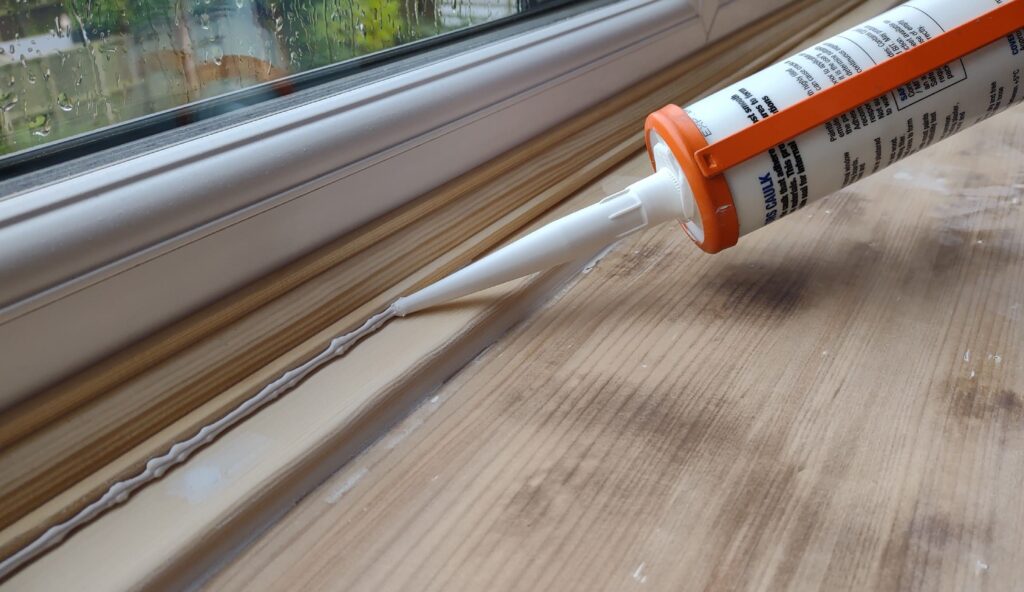There’s nothing quite like the classic beauty of wood windows. They add warmth, character, and timeless elegance to any home. But unlike their modern vinyl or aluminum counterparts, wood is a living material. It responds to the elements, expanding and contracting with the seasons. This means preserving their flawless function and stunning appearance requires a dedicated, loving touch. Neglect can lead to drafts, rot, and costly repairs. This comprehensive guide will walk you through every step to ensure your wood windows remain a centerpiece of your home’s charm for decades to come.
Why Proper Care for Wood Windows is Essential
Wood windows offer superior natural insulation and unmatched aesthetic appeal. However, their organic nature is also their vulnerability. Wood is susceptible to moisture damage, which leads to rot; it can be attacked by insects; and its finish can break down under the sun’s UV rays. Proper, proactive maintenance isn’t just about cleaning — it’s about creating a protective barrier against these elements. By investing a little time and care, you prevent massive expenses down the line, protect your home’s value, and preserve its unique architectural integrity.
Your Seasonal and Annual Maintenance Checklist
Consistency is key. A little regular attention prevents big problems. Here is your essential checklist to keep on track throughout the year:
- Spring: Perform a post-winter inspection. Check for any paint chips, cracks, or moisture damage caused by freezing temperatures. Clear out any debris from the window tracks and ensure the weep holes (drainage channels at the bottom of the exterior frame) are unclogged.
- Summer: This is the perfect time for a deep clean. Wash the glass and gently clean the wood frames (see below). Check that all hardware—locks, hinges, and cranks—operates smoothly. Apply a light lubricant to moving parts if needed.
- Fall: Prepare your windows for winter. Thoroughly clean tracks and sills to remove moisture-trapping debris. Inspect the weatherstripping and caulking for gaps that could let in cold drafts. Ensure windows close tightly and securely.
- Annual (Every 1-2 Years): Conduct a close inspection of the finish. Is the paint chipping or the stain fading? This is the time to plan for refinishing before the protective layer is completely compromised.
Step-by-Step: How to Clean Your Wood Windows Correctly
Using the wrong technique can force water into the wood, causing more harm than good.
- Gather the Right Tools: You’ll need a soft-bristled brush, a sponge, several soft, lint-free cloths (microfiber is ideal), a bucket of warm water, and a mild soap like dish detergent or a dedicated wood cleaner. Avoid anything abrasive.
- The Cleaning Process: First, use the dry brush to loosen any dirt or cobwebs. Then, dip the sponge in the soapy water, wring it out until it’s only damp—not dripping—and gently wipe down the wood.
- Never soak the wood. Work in small sections and immediately dry the surface thoroughly with a clean, dry cloth.
- Cleaning the Glass: Use your preferred glass cleaner on the panes. To prevent liquid from seeping into the wood, spray the cleaner directly onto your cloth or a squeegee, not onto the glass near the frame.
Inspecting for Damage: What to Look For
A careful eye can catch small issues before they become big ones. During your seasonal checks, look for:
- The Wood Frame: Press on the wood with a screwdriver. Soft, spongy wood that gives way is a sign of rot. Look for cracks, deep scratches, and peeling paint, which expose bare wood to the elements.
- The Hardware: Check for rust on hinges and locks. Ensure all screws are tight and that operators and cranks work without sticking.
- The Glazing: Examine the putty or glazing compound that holds the glass in place. Look for cracks, brittleness, or sections that have fallen out entirely.
- The Weatherstripping: Inspect the seals around the sash. Is the material cracked, torn, or compressed? Can you see light through a closed window? This means your weatherstripping is failing.
Addressing Common Wood Window Problems
Repairing Minor Scratches and Damaged Finish
Lightly sand the affected area with fine-grit sandpaper until smooth. Clean away all dust. Apply a primer to the bare wood if needed, then carefully touch it up with a high-quality exterior-grade paint or stain that matches the existing finish. This seals the wood from moisture.
Replacing Rotted Wood
For small areas of rot, carefully scrape out all the soft, damaged wood with a five-in-one tool. Treat the remaining solid wood with a wood hardener and preservative. Once dry, fill the cavity with an epoxy-based wood filler, sculpt it to match the profile of the frame, and sand it smooth before priming and painting.
Fixing Drafts with Weatherstripping
Peel off any old, ineffective weatherstripping. Clean the channel thoroughly. Measure the length needed and install a new compression-grade V-seal or foam tape weatherstrip, ensuring it creates a tight seal when the window is closed. This is a cost-effective way to dramatically improve energy efficiency.
Restoring the Glazing Putty
Use a glazing knife or putty knife to carefully remove the old, cracked glazing. Apply a thin bead of a paintable, exterior-grade glazing compound around the glass. Using a putty knife held at an angle, smooth the compound to create a neat, weather-tight bevel. Allow it to skin over (as per product instructions) before painting.
When to Refinish or Repaint Your Windows
When the finish is extensively faded, peeling, or cracked, it’s time for a refresh. This is not a cosmetic fix—it’s your window’s primary shield. The process is labor-intensive but crucial:
- Strip: Remove all old paint or stain down to the bare wood.
- Prepare: Sand the wood smoothly and repair any imperfections with wood filler.
- Prime & Protect: Apply a high-quality exterior primer, followed by at least two topcoats of exterior-grade paint or a protective stain. This new finish will protect your windows for years.
When to Call a Professional Window Repair Service
While DIY spirit is admirable, some tasks require an expert’s touch. Call a professional if you encounter:
- Extensive rot that compromises the window’s structure or a large portion of the frame.
- A broken sealed glass unit (IGU) that has lost its argon gas and developed condensation between the panes.
- Complex mechanical issues with the weights, springs, or operating mechanism.
- The windows are historically significant or you simply lack the time, tools, or confidence to do the job right.
Conclusion
Your wood windows are a valuable and beautiful feature of your home. With the regular care outlined in this guide—consistent cleaning, vigilant inspections, and tackling small repairs promptly—you can enjoy their performance and elegance for a lifetime. Remember, maintenance is an investment that pays for itself.

